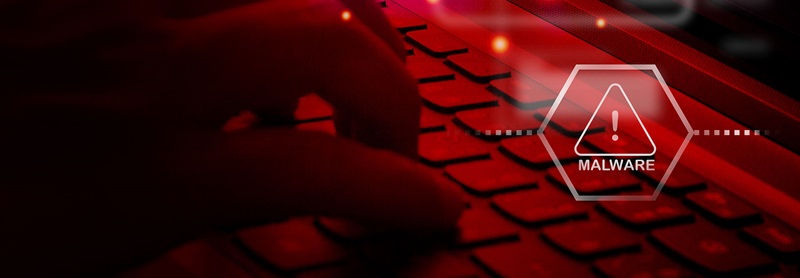
Common mistakes businesses make when it comes to their cybersecurity culture
We all desperately want to believe it won’t happen to us. However, cyber threats are everywhere and on the rise. According to data released this past January from Check Point Research (CPR), global cyberattacks increased by 38% in 2022, compared to 2021. In this same blog post you will find a chart that shows the Industry by Sector and how they were affected. Insurance and Legal firms saw an average weekly increase of cyberattacks by 47%!
We are collectively facing a situation where the players are getting smarter; particularly if you factor in the potential of AI. It’s no longer enough to simply warn your employees to not open any suspicious looking emails or texts.
So what do we mean by cybersecurity culture? When a firm or organization embraces the path of empowerment through education for their cybersecurity training, they are building an environment where their staff becomes a front-line of defense against cybercrime.
Avoiding these pitfalls will bolster that environment:
Thinking cybersecurity training is a one-and-done task.
The cybercriminals are evolving and so must your strategies. It’s no longer enough to take a phishing quiz and tick it off in your HR portal that your employees are cyber trained. Multiple sources of information, in a variety of delivery styles will nurture your staff’s awareness and keep your business secure.
Repurposing old tools
For your training program to be successful, avoid delivering dry, out-of-date content that your employees will likely not engage with. Instead, provide timely, informative, and relatable training. Make use of platforms and tools that use interactivity for a more immersive and personalized learning experience that your team can identify with.
Prioritize behavior outcomes over activity measurement
It is important to focus on measuring behavior outcomes as opposed to how many phishing simulations they passed. Your training program’s metrics should be deeper than just checking the completed box.
This shift in focus will show you the relationship your employee has, with the knowledge they have gained, and how they actively put it to use daily.
Finger pointing and no accountability.
Your staff will grow and improve if you approach security training as an opportunity for learning. With empowered employees they will take accountability for things they know they could have avoided. In the same way they will feel confident that their employer has their back when it was something out of their control. Encourage a team mindset, emphasizing that it is everyone’s job on the team to be in the know when it comes to cybersecurity.
Leadership needs to be part of that team
The tone for your security training program should come from the C-Suite on down.
There needs to be participation and visible support to show staff that security is a high priority.
Employees will respond better when they know their leadership team are champions of the cause and walk the talk.
Trying to do it all alone
A comprehensive training program can pose a challenge to develop and deliver if you are trying to do it all yourself. If you are unsure where to start, contact a managed IT service provider who have options for cybersecurity training. For example, PACE Technical’s Technology Consultants can share their expertise and guide you on the products needed to create an effective program.
You can do this!
It is totally possible to establish a robust, cybersecurity-aware culture in your firm or business.
Whether your current program needs revitalizing, or you are starting from scratch, PACE Technical’s team of experts and technology consultants have a plan for you.
To get started download our checklist “How Strong is Your Cybersecurity Culture?” and assess if you are on the right track. Put a plan in place today to protect your firm or business from the cybercriminals of tomorrow.






